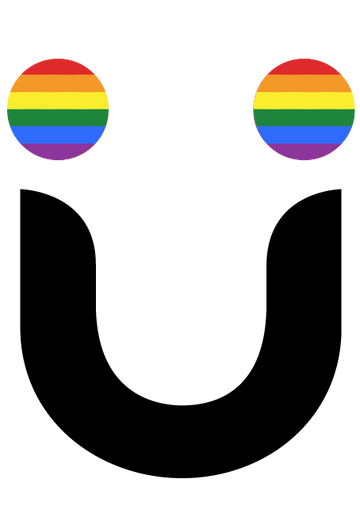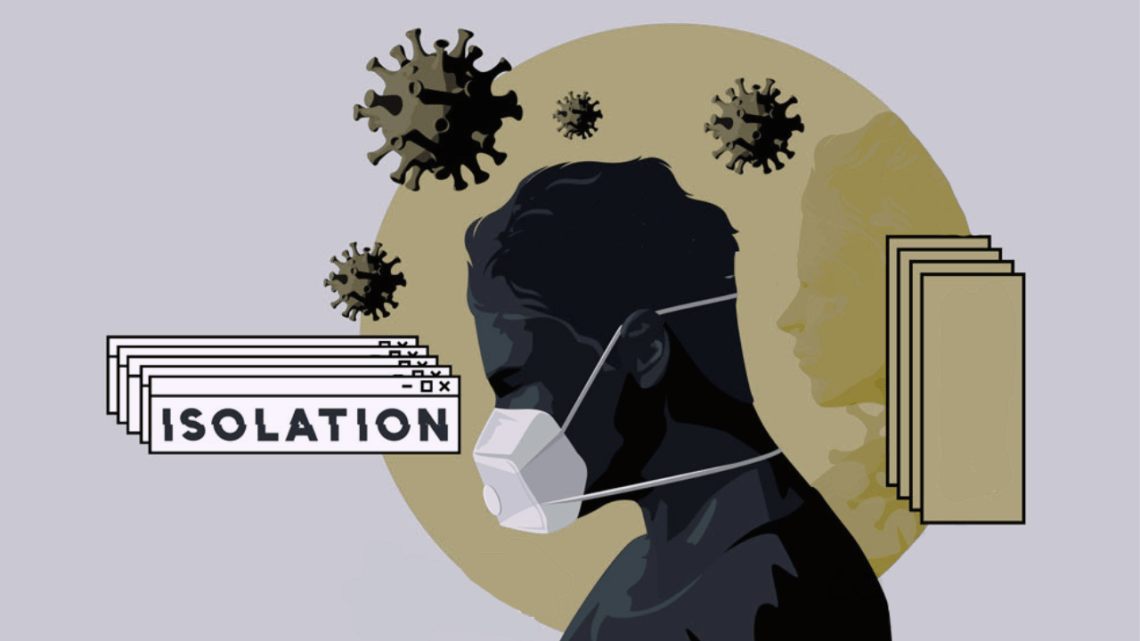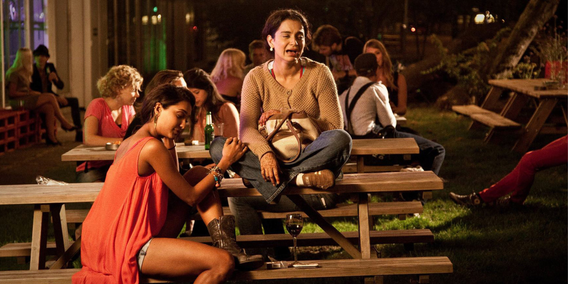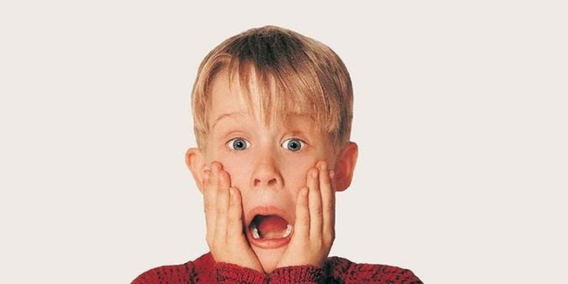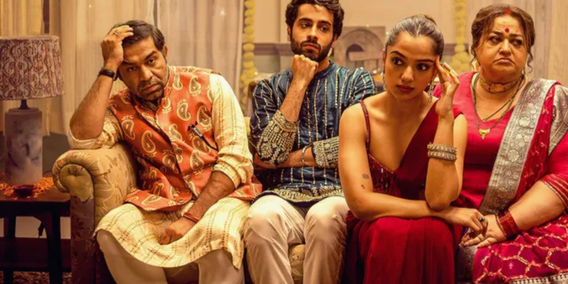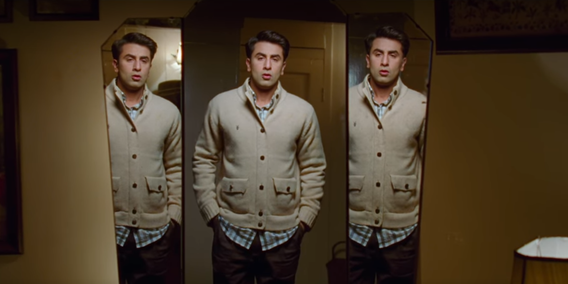UNESCO said that the Coronavirus reinforced the targeting of the “other”. Starting with blatant discrimination against Chinese people – where the virus originated, this stigma then continued among people who have had or have recovered from the virus.
This trend of discriminating against people who have coped with the virus or have a disease is not new. The need to hold someone accountable based on power and social hierarchy has been explained in Kelley’s social attributional theories in 1967. This tagging of the virus as a “chinese flu” or “kung flu” is not different from what has happened to other countries where other diseases originated.
All these illnesses instantly mean isolation – here, isolation is not only physical but also social. In today’s time, individuals lying about their international travel, faking reports, not mentioning the virus, doctors and other frontline workers being threatened because their villages or buildings could also spread the virus – are all examples of the social stigma attached to the virus.
“Pandemics of infectious disease outbreaks have had a historical relationship with stigma and prejudice. Mary Malon, in 18th-Century England, became infamous as “Typhoid Mary,” guilty of spreading the infection amongst affluent families, though she was unaffected. The “pestilences” of bubonic plague, Asiatic flu and cholera, Middle East respiratory syndrome, and Ebola outbreak in Africa, all have been associated with polarization, racism, blame against certain ethnicities, and resultant psychological distress.”
– The “Untold” Side of COVID-19: Social Stigma and Its Consequences in India (Bhattacharya et al., 2020)
“The UNESCO Chair in conflict resolution at the University of Córdoba reported that healthcare professionals were asked by their communities not to go back to their homes, so as to avoid contaminating their neighbours. In other cases, the fear of contagion led to stigma and discriminatory attacks against the homeless who, due to their predicament, cannot comply with the lockdown rules, nor apply other basic preventive measures.”Here’s how this stigma can take a mental toll on us:
This stigma can lead to more fear, anxiety and guilt related to the virus. Contracting the virus can only double the guilt and anxiety. Because this would mean that we will be labelled and will be othered. We will already be in physical isolation, adding a layer of social isolation or othering to this can mean a lot of negative emotions.
Not to forget that anxiety or guilt might not be the most appropriate emotions people with COVID would want to feel. They are sick, they are healing, and they are already anxious about that healing process – and anxiety about “log kya kahenge”, or guilt about being told that they might have spread to a lot of other people will not help them heal. This only becomes worse after they are given the side eye or asked if they “are actually okay” after they are out of their quarantine.
The frontliners, who are helping the people with the virus will only feel demotivated. Their work is hard, emotionally and physically taxing, and stressful – now imagine adding COVID stigma to that mix. Not to forget other intersectionalities, their own relatives dying, their family worried about them, their caste, class, gender. Add it to the mix – and working on the frontline sounds more daunting and horrifying than it already did.
How do we help?
-
Be aware of what you are saying to someone with the virus:
Avoid saying things that can make them feel anxious. I know, it can be hard because we fear the virus ourselves and we want to stay away from it. However, asking them intrusive questions or making jokes about the virus, or gossiping about other people having the virus, can affect the people infected more than you know. -
Be mindful of their needs:
They might be telling you because they are anxious in the first place. Help them calm down, reassure them, and let them know that you are there to help if they want it (even if that’s just a video call to keep them busy). -
Give them space:
The virus is tough to cope with, and people deal with it in different ways – some might want to distract themselves while others might want to stay by themselves and cope with things as they come. Let them make that decision. There is no harm in checking up on them everyday, but it is okay if they do not respond. Respect their privacy, if they do not want to tell others about the infection – keep it with you. They tell you because they trust you. -
Address misinformation, discrimination and stigma:
There is no immediate blame game with this virus. The authorities are out of our control and we are doing everything to control what is in our environment. This means addressing misinformation and fake news, this means addressing the discrimination and stigma.
Meet The Author:
 Sarika believes she has learnt the most about life from talking to people around her - having meaningful conversations, understanding different experiences & perspectives. She also loves sunsets, coffee and cats as much as she loves great conversation. Her research interests are ever-changing and ever-growing: she’s curious about a lot of things but mental health awareness always remains priority. Apart from talking and making an extensive list of things to research, Sarika loves spending her day reading books, baking, learning new skills, and making videos.
Sarika believes she has learnt the most about life from talking to people around her - having meaningful conversations, understanding different experiences & perspectives. She also loves sunsets, coffee and cats as much as she loves great conversation. Her research interests are ever-changing and ever-growing: she’s curious about a lot of things but mental health awareness always remains priority. Apart from talking and making an extensive list of things to research, Sarika loves spending her day reading books, baking, learning new skills, and making videos.
